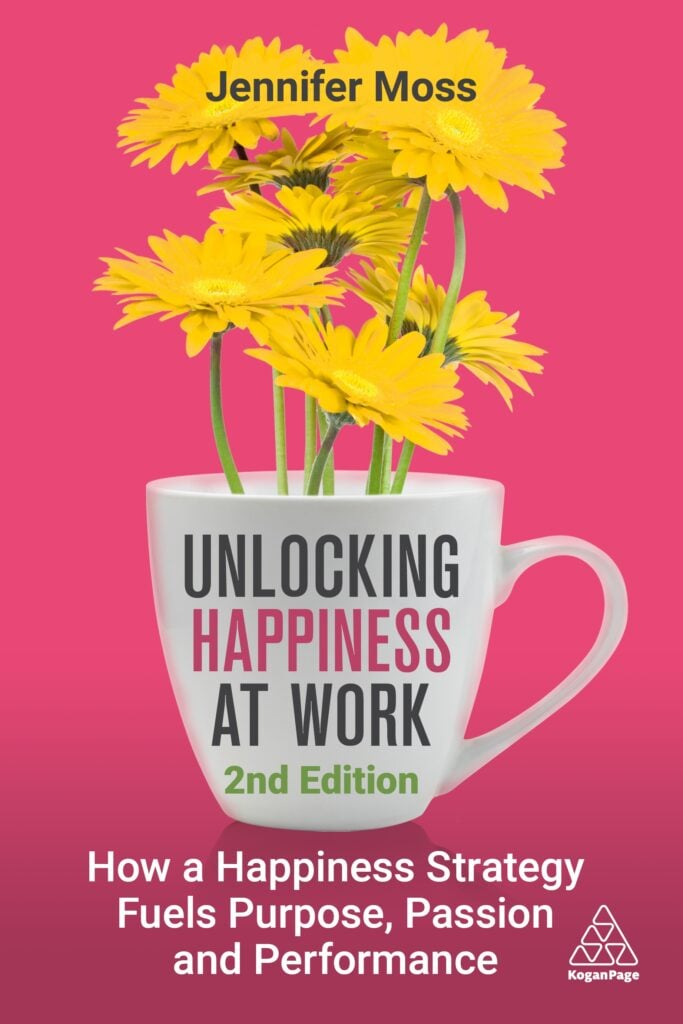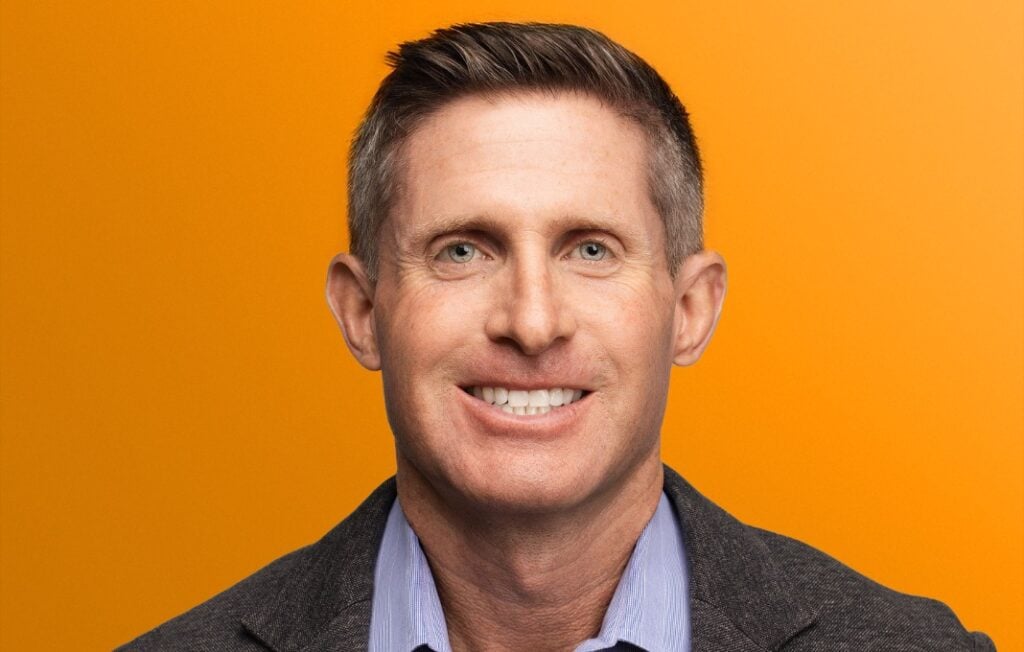According to BambooHR’s 2023 Employee Happiness Index, sadly titled The Great Gloom: “From the start of 2020 through the present, employee happiness has steadily declined at a rate of 6 percent. But 2023 has seen a steep and steady drop, with a decrease of 9 percent in employee net promoter score (eNPS) since January, declining at a rate 10x faster than the previous three years.”
The research team surveyed 60,000 global employees and found that unhappiness was even higher in 2023 than at the peak of the pandemic. The report found that most employees aren’t feeling highs and lows but rather they are feeling “a sense of resignation or even apathy.”
Employee net promoter score, a numeric rating of how likely employees are to recommend their organization as a place to work, has fallen off a cliff since the peak of the pandemic. The report shares an analysis of 1.4 billion eNPS scores since 2020 that show they are declining at a rate ten times faster than in the previous three years.
With the global wellness industry now worth $5.6 trillion and the global corporate wellness market size predicted to grow from $61.27 billion in 2023 to $85.02 billion by 2030, shouldn’t we be wondering why our people are so apathetic and resigned?
The answer is simple. We’re getting it wrong.
New research by William Fleming, social scientists and Unilever Research Fellow at the Well-being Research Centre at University of Oxford, rocked the well-being industry and became a viral mainstream media topic. Not only because it was provocative research, but in a bold move, Fleming was poking holes in his existing research and that of his peers.
Published in 2024, Fleming had analyzed 46,336 workers in 233 organizations and found that despite “individual-level well-being interventions, including resilience training, mindfulness and well-being apps… across multiple subjective well-being indicators, participants appear no better off.”
Fleming found that for higher-paying salaried employees, programs like resilience training actually had a negative effect on well-being. Employees most impacted were specifically executive women who were trying to find time for the training while juggling competing schedules. This isn’t all that surprising. Wouldn’t you feel frustrated that your employer’s response to burning you out was to offer you training so you can be more resilient to them burning you out?
This is the definition of tone deaf.
When hygiene is missing, motivation is at a deficit. Well-being shouldn’t be workload.
I believe that this is a shocking and yet not surprising discovery. It’s actually validating for others like me in this field who’ve been saying for years that downstream tactics don’t work. One of the most compelling aspects of Fleming’s research, in my opinion, is the discovery of the one individual level well-being intervention that did work—altruism. Organizations high in altruistic behaviors, which included tactics like volunteering, showed higher self-reported well-being.
BetterUp is a virtual coaching platform that invests in psychological and wellness research with their Center for Purpose and Performance, headed up by Adam Grant. They describe altruism as “unselfish behavior intended to benefit others. It involves some kind of goal-directed action that helps improve someone else’s welfare.” They suggest that if you’re altruistic, “you’re doing things out of kindness and a sincere desire to help—not because you feel obligated. Your motivation stems from a genuine concern for others’ well-being, even if that means putting your own aside.”
Let’s pause on this. After decades of rigorous analysis, the one well-being initiative that Fleming says works is… drum roll please… kindness. Despite a solution as simple as this, kindness is at risk. And if we as leaders don’t stick up for it—preserve it—we’ll find ourselves in an even more polarizing world.
The type of leaders that take these kinds of initiatives on, despite their questions and fears, are those who exhibit high levels of openness, self-awareness, critical analysis, bravery and a keen knowledge of their company’s character.
Changing the world is hard. If we want to have big goals, we need to be open to criticism and comfortable iterating on our strategies. I believe that investing in caring companies is the future. We want our employers to care about us and to care about the world. Below are some activities to get started on.
Embrace a new routine.
- Do you wear a watch every day? Switch wrists for an entire week and see how it feels.
- Is your morning routine set in stone? Change it up. Eat first and get dressed after, or vice versa. Just take a week and do it differently.
- Do you have a ritual at work? Instead of eating at your desk during lunch or having coffee at exactly 9:15 every day on the nose, go for a walk or drink tea instead.
Whatever the change is, just make sure you notice it. Write down how it felt to forget that your watch is on the other wrist or how badly you wanted to wash your hair before eating toast. Before you go to bed at night, write a note about those small inconveniences. Then take it one step further and imagine yourself in the shoes of an employee who was just transferred to another office location, or someone who was just promoted.
We all assume change like promotions or new opportunities to advance are terrific, and for many they are. However, change is still challenging. So, spend some time working on empathy-building as it relates to supporting your people through change—particularly if you’re just about to tell them about a new happiness strategy you’re going to implement. You’ll most definitely want to make sure they’re ready for that level of shift.
Rediscover the joy of work through job crafting
Have employees identify their strengths, values and interests, then outline how they could make small adjustments to their tasks, relationships or mindset to align their jobs more closely with their goals.
Engage in bi-weekly reflection exercises where employees spend a few minutes at the end of each week reflecting on which tasks energized them and which drained them. This process can help them understand areas for potential crafting and proactively seek tasks or collaborations that increase motivation.
Collaborative job design sessions pull together teams who are encouraged to brainstorm ways they can collectively craft their tasks and roles to better align with individual strengths. This fosters a sense of shared ownership over the team’s work and helps team members better understand each other’s roles.

How do I want to change so others will too?
Back to Q&A time. This will help to get your mind contemplating how you want to be the change to inspire it in others. Write down a major change that could or should occur in your life:
- How do you think about this change?
- What are good things that might come from this change?
- What do you fear about this change?
- How will this change affect others in your life?
- Who would support you in this change and how?
- What are the resources available to you?
- What do you think would be an appropriate timetable for this change?
This edited excerpt is from Unlocking Happiness at Work by Jennifer Moss ©2025 and is reproduced and adapted with permission from Kogan Page Ltd.







